Remember when shag carpeting wasn’t ironic and everything seemed to come in avocado green or harvest gold? The 1970s were a unique moment in time when technology was advancing but still required our hands-on participation, when entertainment was shared rather than individualized, and when patience wasn’t just a virtue but a necessity. For those who lived through this vibrant decade, these everyday habits might bring back a wave of nostalgia that’s stronger than the scent of Brut cologne or Love’s Baby Soft perfume.
1. Making Popcorn on the Stovetop

Before microwave popcorn packets, making this favorite snack involved pulling out a heavy pot, measuring oil, and listening carefully for the rhythm of popping kernels. You’d shake the pot vigorously over the burner to prevent burning, using potholders to protect your hands from the heat as the familiar aroma filled your kitchen. To this day, Remind celebrates Jiffy Pop as being just as tasty as it is fun and satisfying to make, and worth remaining a habit for every decade.
The reward for your efforts was fresh, hot popcorn that tasted infinitely better than today’s microwave versions—perfect for family movie nights spent watching whatever happened to be broadcasting that evening.
2. Waiting All Week for Your Favorite TV Show
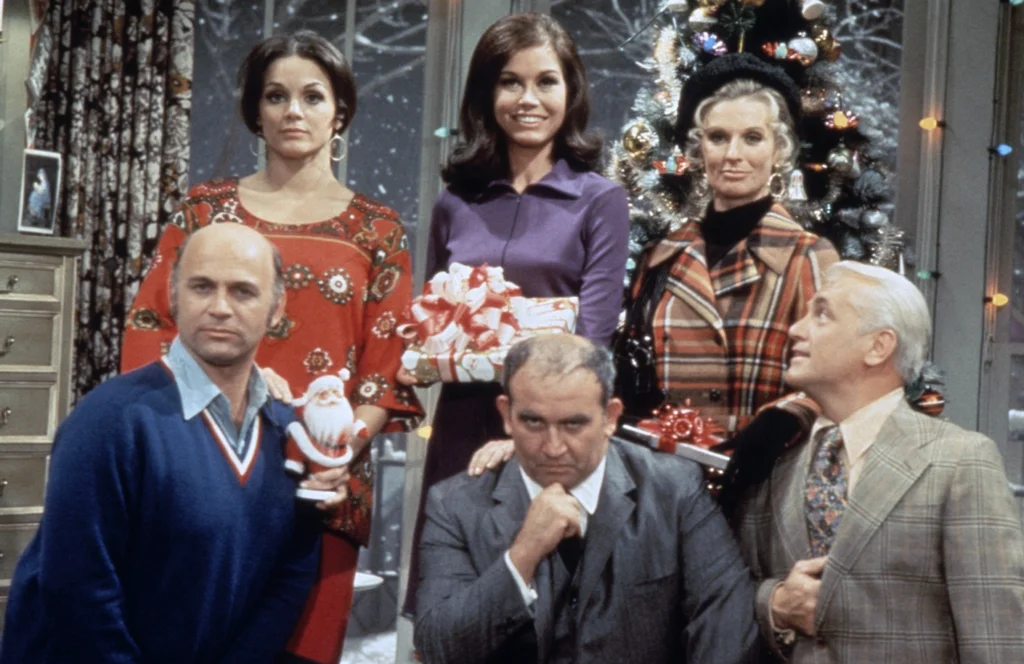
Television viewing was a scheduled community event that the entire nation participated in simultaneously. You’d arrange your weekly schedule around must-see programs like M*A*S*H, The Mary Tyler Moore Show, or All in the Family, knowing there would be no second chance to watch if you missed it. It’s About TV chronicles how things like TVGuide shaped the television landscape across decades.
This collective viewing experience meant shows became shared cultural touchpoints that everyone discussed the next day at work or school—creating connections through common entertainment experiences that today’s fragmented media landscape rarely provides.
3. Adjusting the TV Antenna for Better Reception
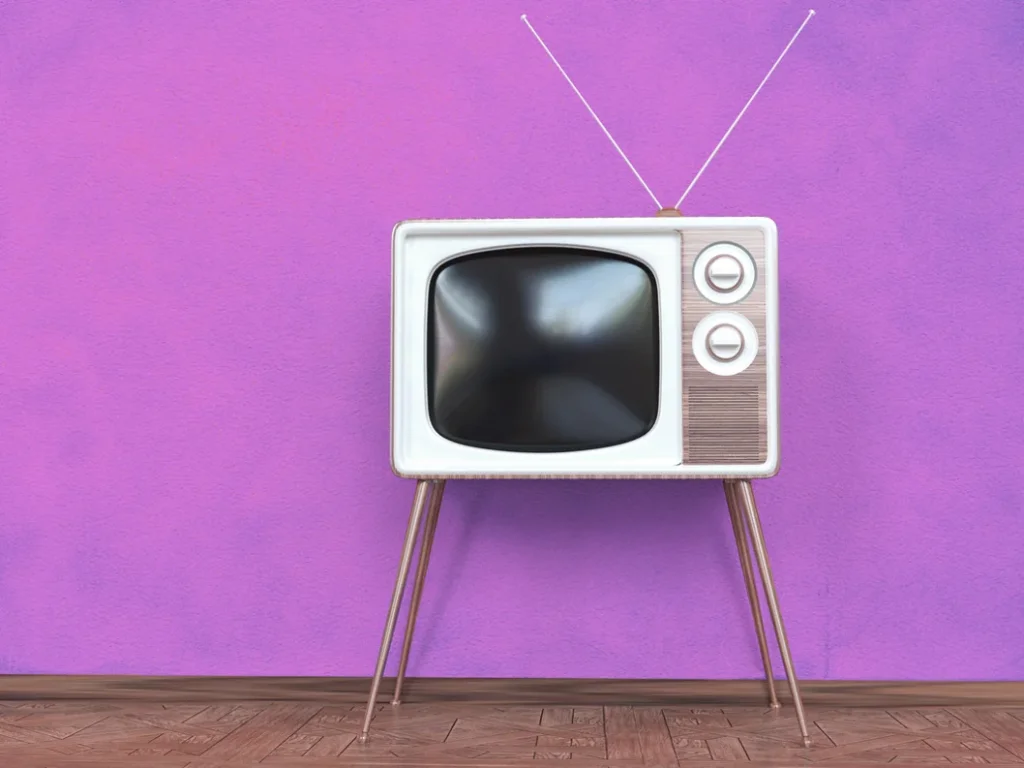
“A little to the left… no, back to the right… hold it right there!” Getting clear reception on your television was often a two-person job requiring communication and patience. You might have used aluminum foil to enhance your rabbit ears’ reception capabilities, creating strange metallic sculptures atop your wood-paneled television set. Electronic Notes still offers important tips on how to make these fabled antenna adjustments.
The familiar snow and static on the screen when reception was poor created a shared language among family members who took turns as the designated “antenna holder” during important programs.
4. Writing Checks at the Grocery Store

The checkout line ritual involved pulling out your checkbook, carefully filling in the date, amount, and signature while everyone waited their turn. You’d tear the check out with a satisfying rip, hand it to the cashier, and carefully record the transaction in your register—all while the person behind you patiently waited their turn.
Store clerks knew regular customers by name, and nobody rushed through the process or complained about the wait—it was simply how commerce functioned before the instant gratification of card swiping and digital payments.
5. Developing Film and Waiting for Photos
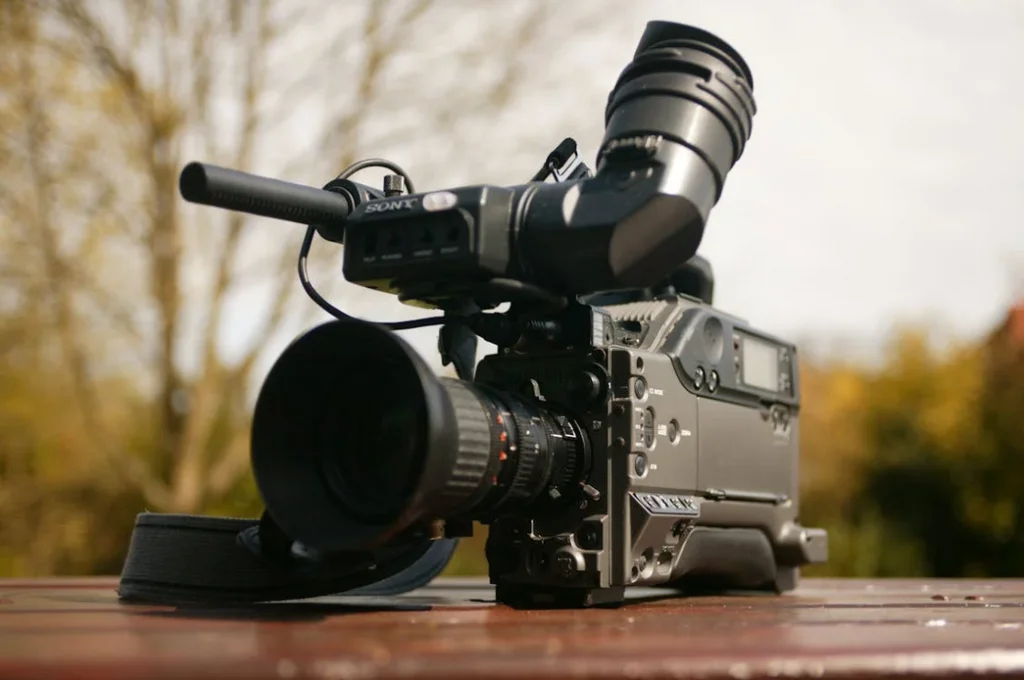
Every photo you took was a small investment, both financially and emotionally, as you wouldn’t know if you’d captured the moment until days or weeks later. You’d carefully drop off your film at the photo counter, receive a pickup slip, and return days later with anticipation building about what memories you’d successfully preserved.
The delayed gratification made receiving those square-bordered, slightly overexposed photos all the more exciting—and the disappointment of finding your thumb in half the shots was a universal experience that brought families together in laughter.
6. Looking Up Information in Encyclopedia Britannica

Before Google put infinite information at our fingertips, research meant cracking open a hefty volume from your family’s encyclopedia set that occupied an entire bookshelf. You’d carefully turn those thin pages, scanning for relevant information while respecting the book’s authority and permanence.
School reports and family disagreements were settled by these trusted tomes, and “looking it up” was a physical activity that required effort—making the knowledge gained somehow more valuable and memorable than today’s instant digital answers.
7. Making Mixtapes for Special Occasions
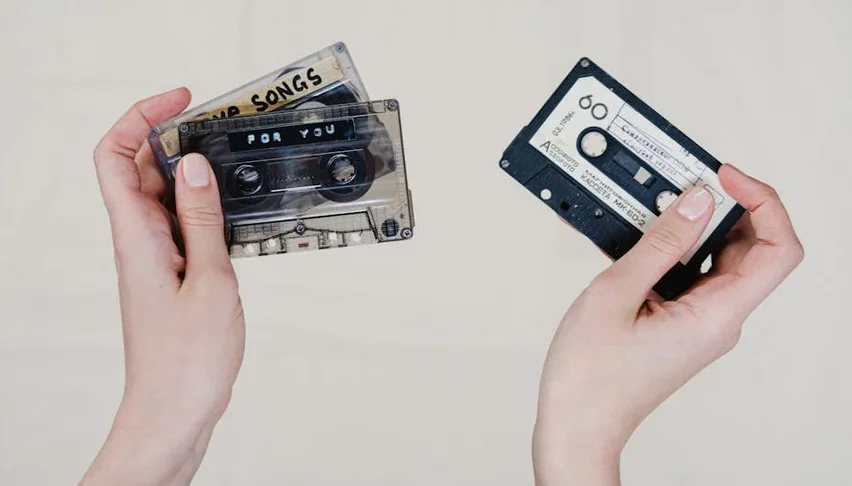
Creating the perfect mixtape was an art form that required patience, timing, and an intimate knowledge of your music collection. You’d sit cross-legged on the floor surrounded by album covers, planning the perfect song sequence and hovering over the record button to capture radio songs at just the right moment.
These personalized cassettes—whether made for a crush, a road trip, or just personal enjoyment—represented hours of careful curation and technical skill that streaming playlists simply can’t replicate.
8. Programming the VCR to Record Shows
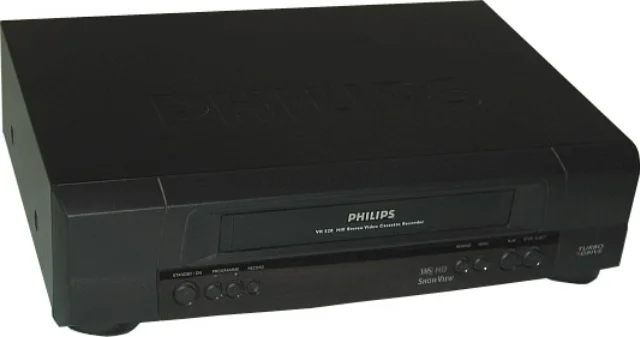
Missing your favorite television program was a genuine concern in the days before on-demand viewing and streaming services. The VCR offered liberation from rigid broadcast schedules, but required intricate programming skills that many adults never quite mastered.
You’d carefully study the TV Guide, set the recording time and channel, and leave a blank tape inside—then return home with fingers crossed that you’d captured “Charlie’s Angels” or “The Six Million Dollar Man” without accidentally recording the wrong channel.
9. Sending Handwritten Letters to Friends and Family
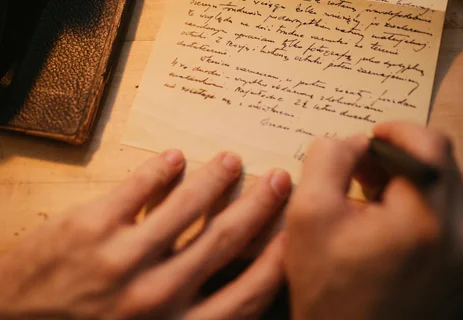
Correspondence was an art form that required thoughtful composition and decent penmanship to maintain connections with distant loved ones. You’d select the perfect stationery, compose your thoughts in your finest handwriting, and trek to the mailbox or post office—then wait days or weeks for a response.
These physical artifacts of connection carried emotional weight beyond their words—from the choice of paper to the unique handwriting, each letter was as individual as its sender.
10. Using Paper Maps for Road Trips
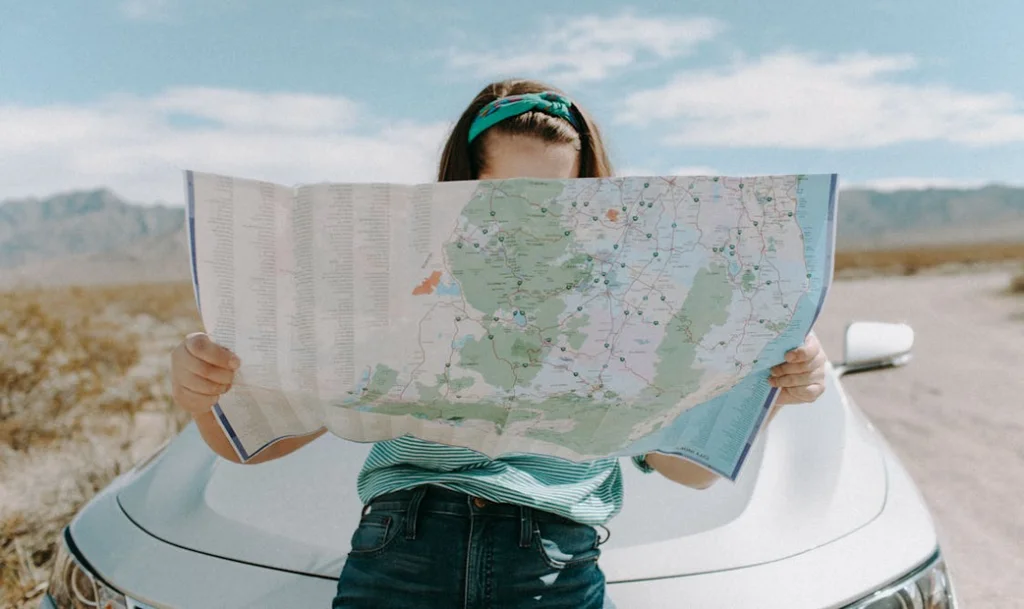
Cross-country adventures meant unfolding unwieldy paper maps across the dashboard and passenger seat, with the navigator bearing serious responsibility. You’d trace potential routes with your finger, calculate distances using the map’s legend, and keep track of your progress by the passing of small towns and landmarks.
Getting lost was a genuine possibility that added excitement to any journey, and the skill of properly refolding a map was nearly as important as being able to read one in the first place.
11. Flipping Records Mid-Album
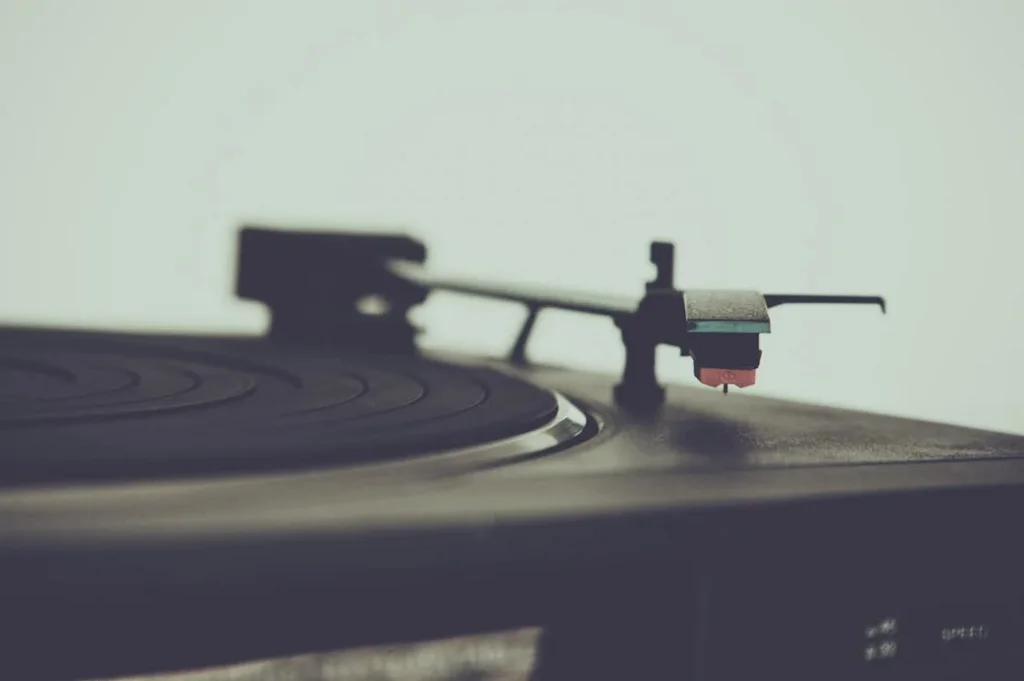
The satisfying ritual of carefully lifting the needle, turning over your favorite vinyl album, and dropping the needle on side B was part of the music listening experience. You couldn’t just put on Pink Floyd’s “The Wall” or Fleetwood Mac’s “Rumours” and walk away—these albums demanded your attention and interaction every 22 minutes or so.
The physical connection to your music made each listening session an event, and there was something special about seeing those circular wear patterns form on your most beloved records over time.
12. Twirling the Phone Cord During Hours-Long Conversations
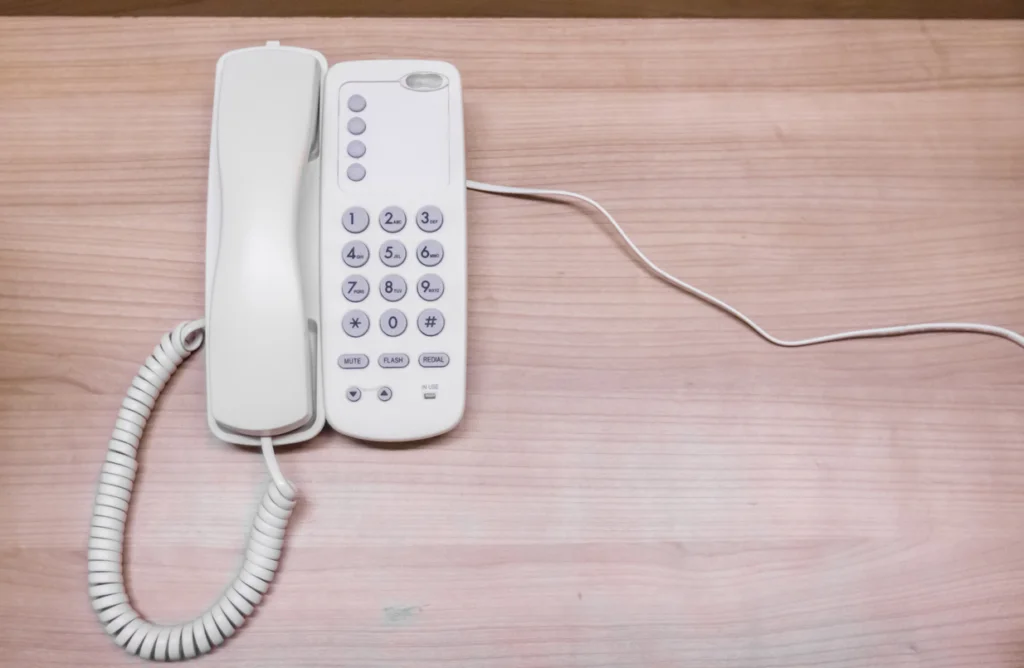
Before wireless technology, telephone conversations meant being tethered to a specific spot in your home, with the stretchy spiral cord becoming a tactile fidget toy during long chats. You’d absent-mindedly wrap that beige or colorful cord around your fingers, stretching it to impressive lengths until it became permanently deformed from years of teenage conversations.
Those marathon phone calls—often conducted while lying on the floor with your feet up against the wall—created a unique intimacy that today’s text messages somehow can’t replicate.
The 1970s weren’t perfect by any means—the fashion choices alone prove that—but there was something special about the pace of life and the intentionality required by the decade’s technological limitations. These habits created moments of connection, patience, and presence that many of us find ourselves nostalgic for in today’s world of instant everything. Perhaps by remembering these slower, more deliberate practices, we can bring some of their mindfulness into our modern routines—even if we’re thankful we no longer need to adjust TV antennas in the rain.


